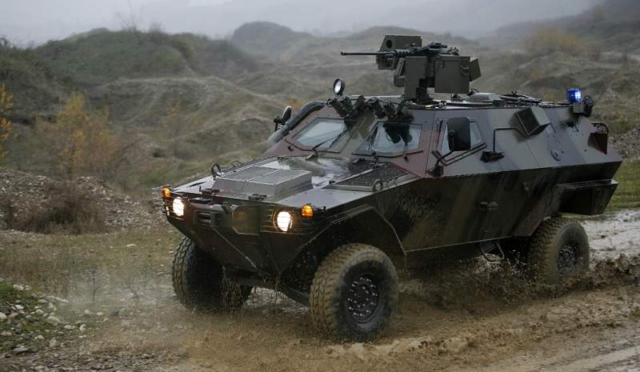Introduction to Laser Defense Systems
**A groundbreaking 25 kW laser system has been unveiled for use in unmanned aerial vehicles (UAVs), promising to revolutionize aerial defense capabilities by 2025.** During the Sea Air Space 2025 Expo, General Atomics showcased this innovative laser defense system, which has been seamlessly integrated into the MQ-9B drone. This state-of-the-art laser pod not only boasts a 25 kW class laser but also has the potential to be scaled up to an impressive 300 kW in the near future.
Industry experts view this development as a pivotal advancement that could significantly reshape the defense strategies of the U.S. Navy’s fleet. The laser system is equipped with an ultra-high-power battery module specifically designed to function efficiently in adverse environmental conditions. It features a sophisticated ram-air intake that facilitates effective air cooling, ensuring optimal performance even in demanding scenarios.
Capabilities and Advantages of the Laser System
This cutting-edge laser defense system offers remarkable reductions in size, weight, and power (SWaP) requirements. These enhancements enable its integration into high-tolerance air platforms, which is crucial for modern aerial warfare. General Atomics has emphasized that the lightweight design and powerful capabilities of this laser system make it an attractive option for future UAVs.
Recent operational footage, shared by Interesting Engineering, showcased the MQ-9B drone successfully neutralizing Shahed-style kamikaze drones using this revolutionary laser system. This demonstration reinforces expectations that the system could serve as an effective defense mechanism against various low-cost drones and First-Person View (FPV) drone threats, enhancing overall aerial security.
Technical Expertise and Previous Successes
General Atomics brings significant experience in stabilizing narrow laser beams for unmanned aerial platforms, further enhancing the reliability of this new system. Their expertise was previously highlighted through the successful demonstration of the Laser Airborne Communication (LAC)-12 Terminal, which facilitated laser-based communication between two aircraft over long distances in 2022.
The achievements in laser communication technology exemplify General Atomics’ commitment to advancing UAV capabilities. This experience in precision laser stabilization sets a solid foundation for the effective operational deployment of the new laser defense system, promising to improve the effectiveness of future unmanned operations.
Looking Ahead: Future Implications
As the military landscape continues to evolve, the introduction of laser systems like the one unveiled at the Sea Air Space 2025 Expo represents a significant strategic shift. The integration of such advanced technology into UAV operations could enhance both offensive and defensive capabilities, allowing forces to remain agile and responsive to emerging threats.
Moreover, the potential upgrade to a 300 kW laser capability hints at a future where aerial defense systems become even more formidable. With ongoing advancements in technology, the role of UAVs equipped with laser systems could become increasingly pivotal in maintaining air superiority in various conflict scenarios.







